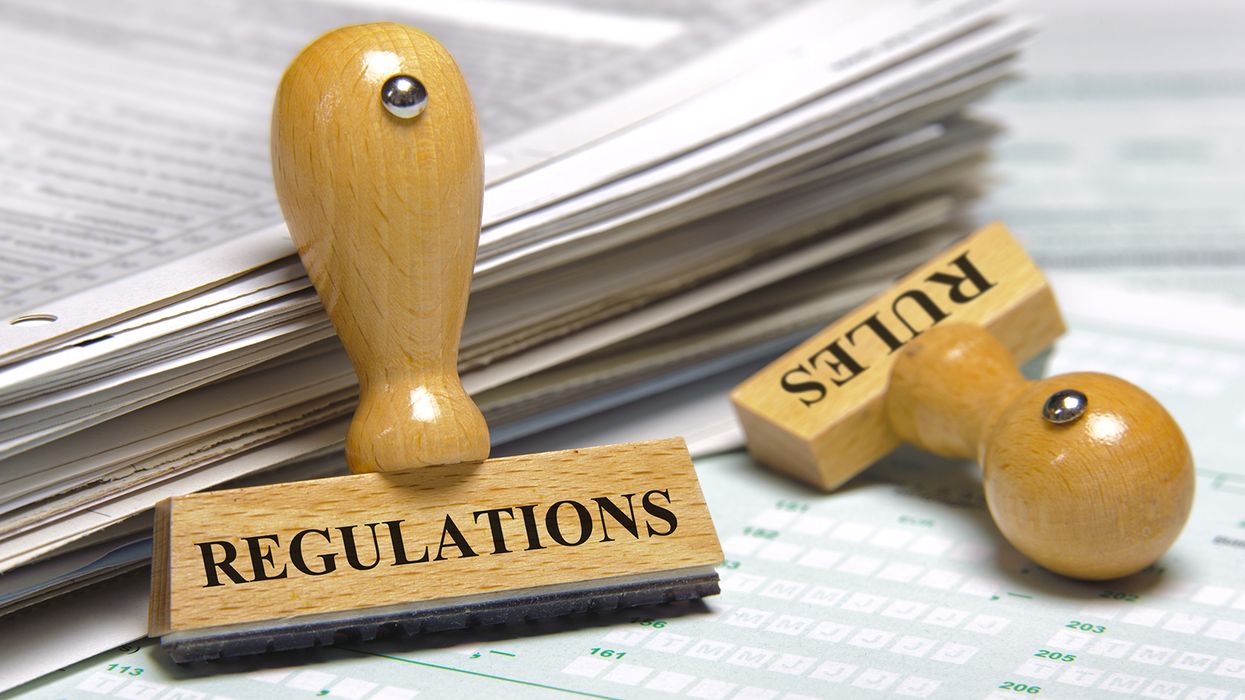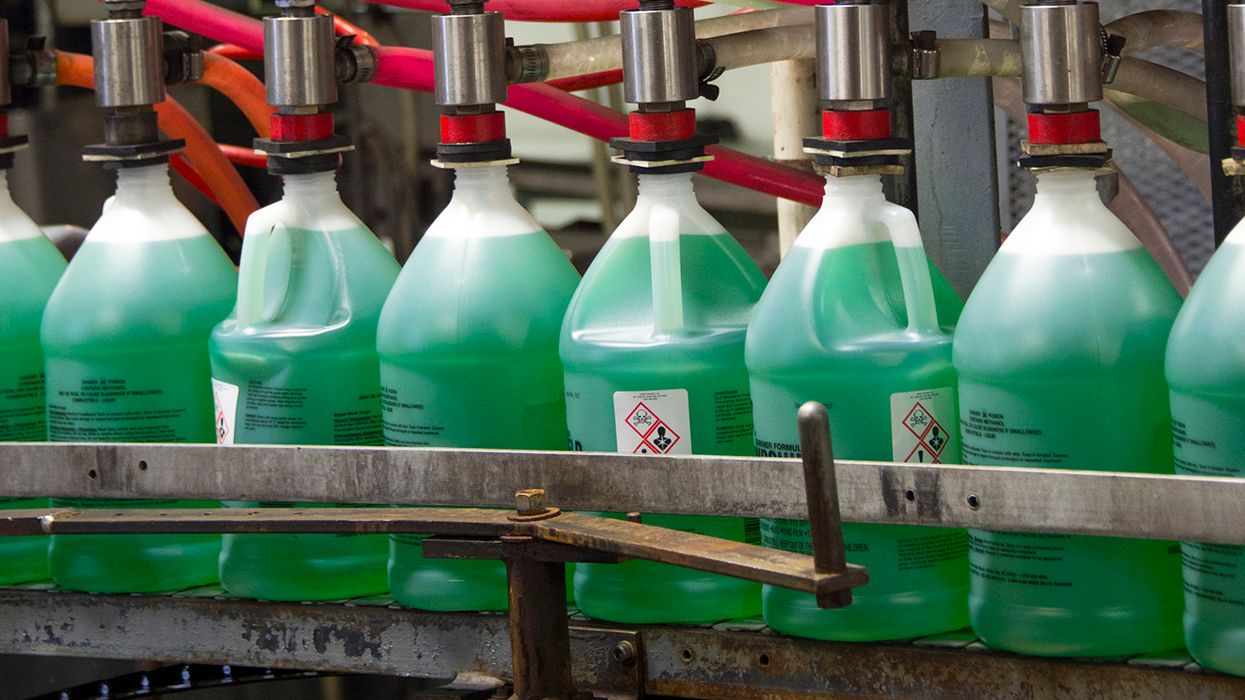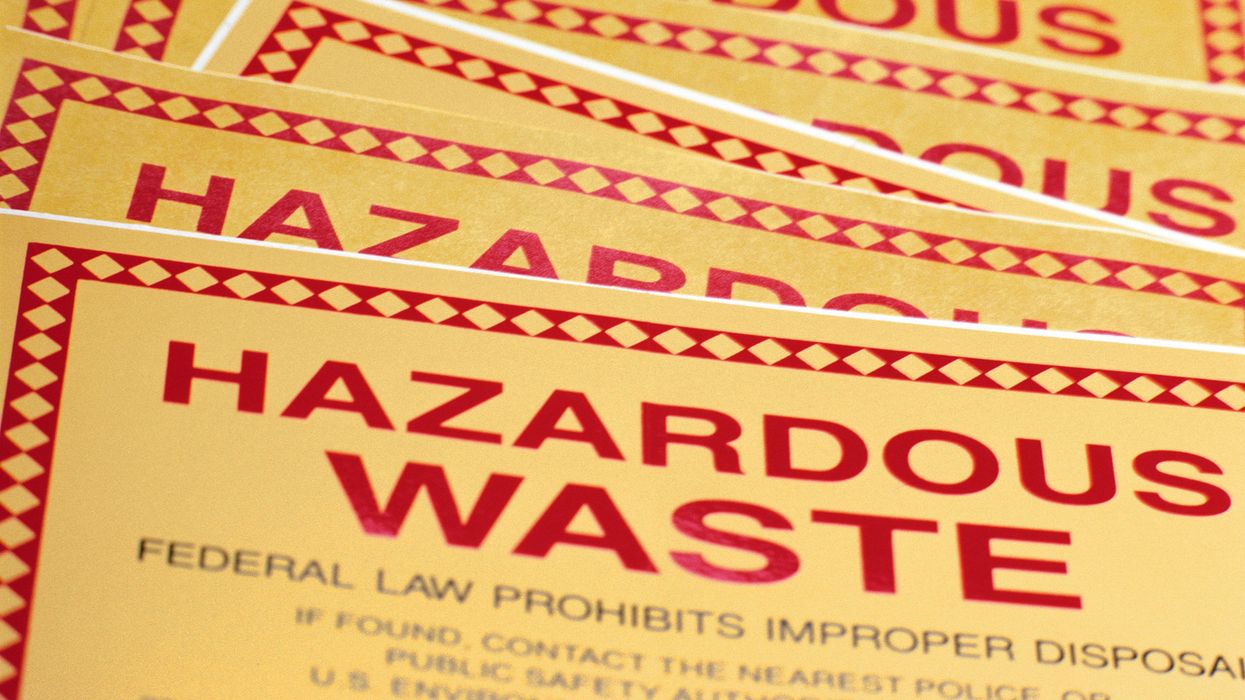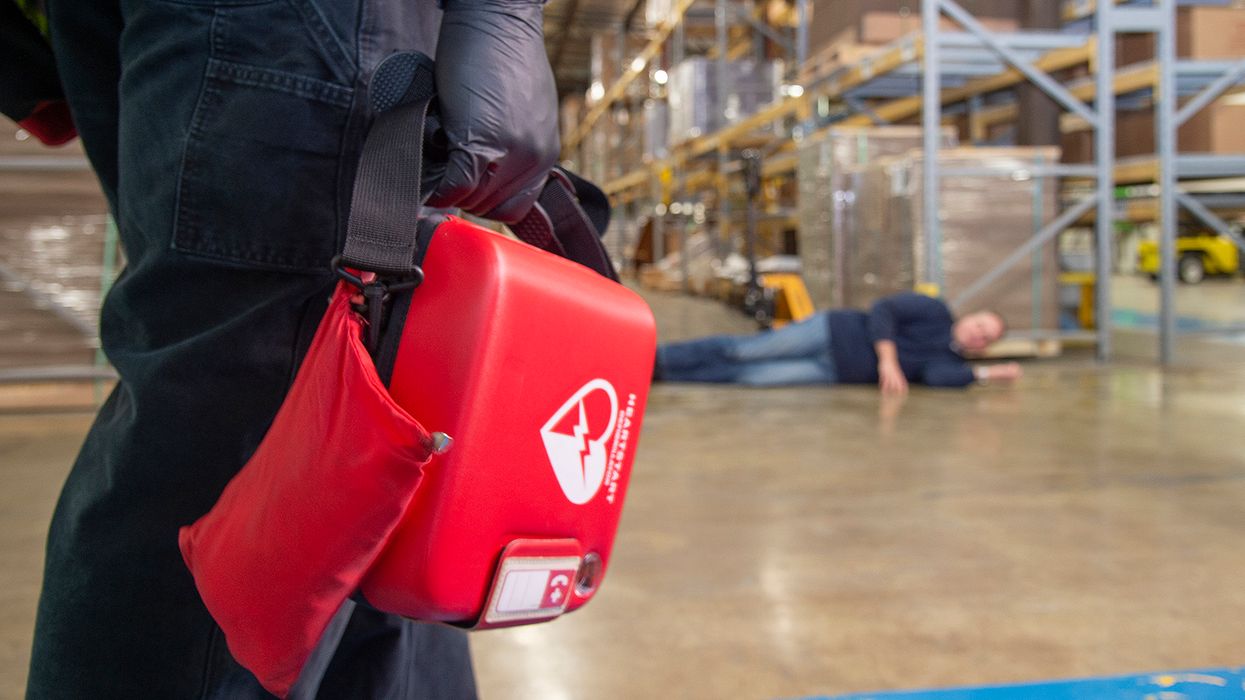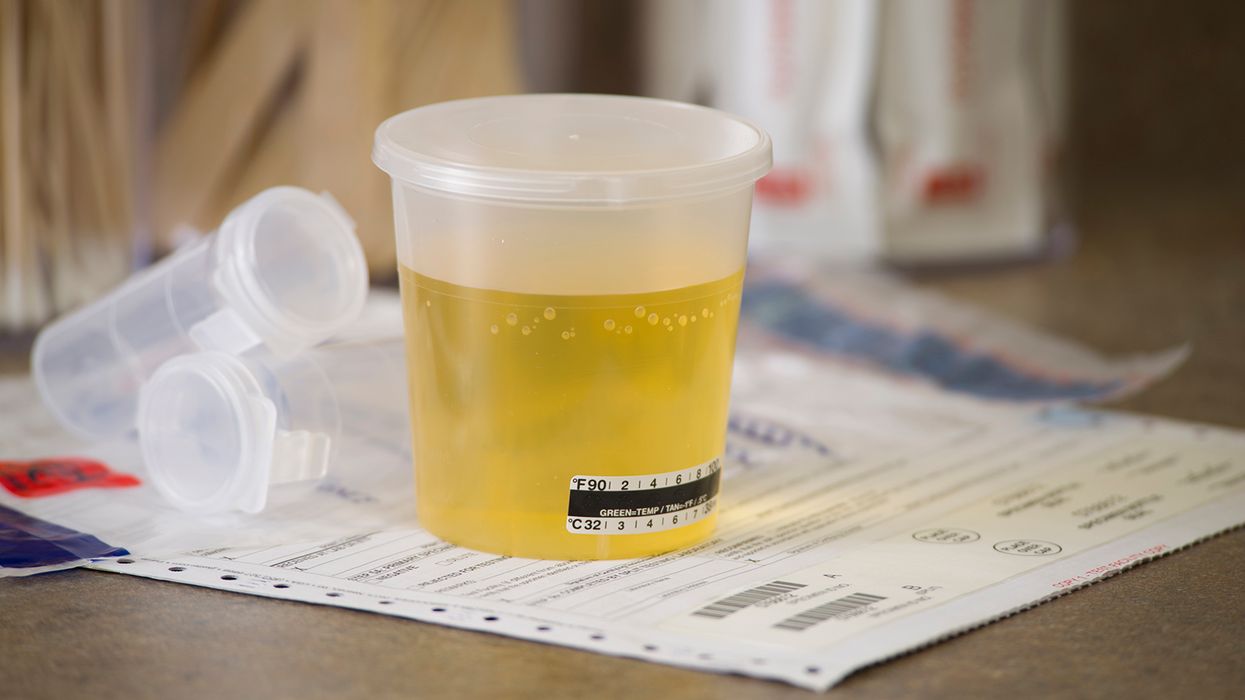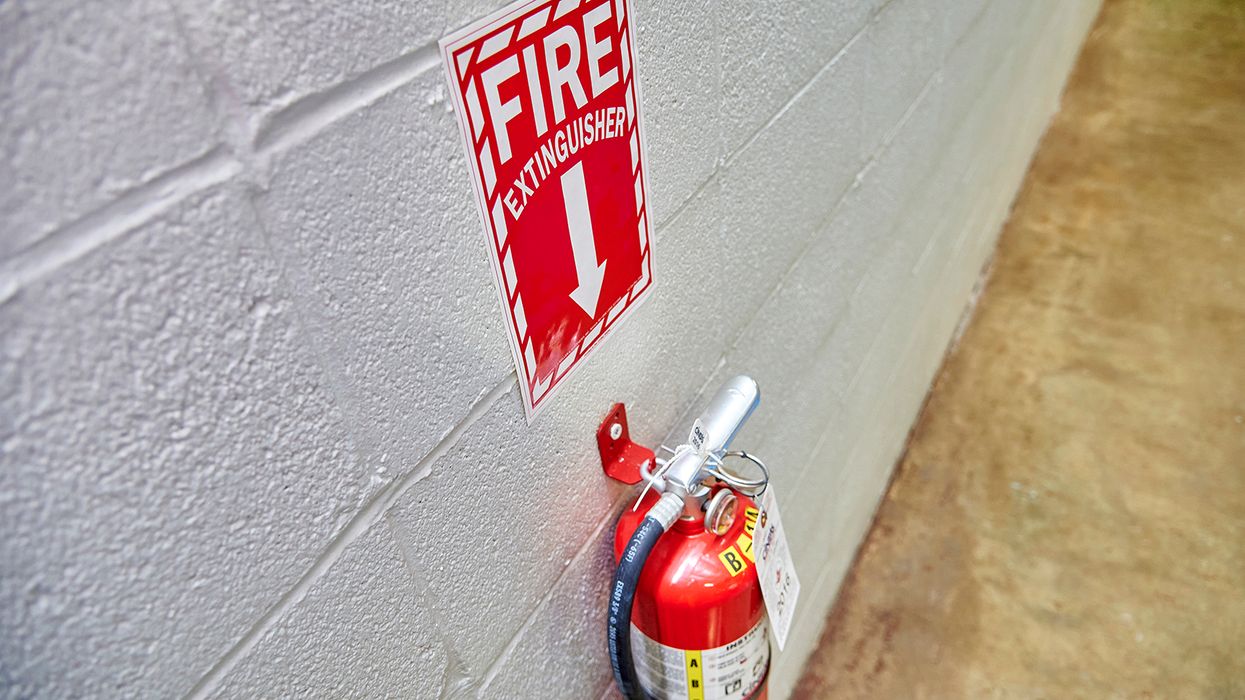Bring speeding to a screeching halt at your carrier
Speeding accounted for 13 percent of driver violations during roadside inspections in 2024.
In fact, the top driver violation for the year was speeding 6 to 10 miles per hour (mph) over the limit, and 11 to 14 mph over held the sixth spot for the year.
If your carrier has experienced a violation for speeding, how will it impact your operation?
A blemish on your safety record
Speeding appears on roadside inspections at 392.2-SLLS. The violation will have suffix of:
- 1 when speeding 1-5 mph over limit,
- 2 when speeding 6-10 mph over limit,
- 3 when speeding 11-14 mph over limit, 4 when speeding 15 or more over limit, and
- WZ when speeding in a work or construction zone.
All suffixes except “1” are severity weighted and used in the Compliance, Safety, Accountability (CSA) Unsafe Driving BASIC calculations. The remaining violations are valued from four to ten, depending on the degree of infraction.
Even if drivers do not exceed the posted limit by much, a habit of driving at least 6 mph over the limit will negatively impact the carrier’s CSA Unsafe Driving BASIC score.
Although third parties can’t see a motor carrier’s Unsafe Driving BASIC score, they can view the roadside inspection reports and listed violations. This provides customers, brokers, and your insurance provider with a glimpse into your safety record to identify unsafe driving patterns — without ever having to do any math.
Tangible costs
Aside from a high Unsafe Driving BASIC score, speeding can add to the carrier’s operational costs, such as:
- More frequent engine repairs. Because the engine works harder when the driver speeds, there is more wear and tear requiring repairs and replacement parts.
- Brake repairs. Speeding results in frequent and harsh braking. This behavior will wear out the truck’s brake pads and rotors more quickly.
- Tire replacements. Speeding wears out tires quickly, especially when paired with aggressive acceleration and harsh braking.
- Increased fuel costs. Speeding results in reduced fuel efficiency in both highway and city driving.
- Suspension repairs. Aggressive driving, including speeding, can strain a suspension system. Like engine repairs, expect more frequent trips to the shop.
In addition, when speed is a factor in a crash, it typically adds to the seriousness of the accident.
Correcting bad behavior
Speed is often paired with other aggressive behaviors such as sudden acceleration and hard braking and cornering. By addressing speeding, hopefully you’re eliminating other unwanted driving habits.
Your first task is to identify those exhibiting bad behaviors. This can be accomplished through:
- A thorough review of roadside inspections,
- Telematics data,
- Motor vehicle record (MVR) monitoring, and
- Complaints from the public about your operator’s driving.
Company policies and procedures should clearly spell out what behaviors are unacceptable along with specific consequences. Don’t limit traffic citations to those occurring in a commercial motor vehicle. Behavior in a personal vehicle should be taken into consideration, since it could easily transfer over to time spent behind the wheel of your truck.
A policy, for instance, would list speeding as unacceptable along with the corrective actions for each citation (e.g., 6-10 mph over) and what frequency of violation will be held against the driver (e.g., violations within the past one, three, or five years). These policies must be consistently enforced.
Mistakes happen, and the intent of identifying unsafe driving behaviors is not to end a driving career, it’s to sustain it. Many carriers have a progressive discipline policy to get the driver back on track. Often drivers are subject to coaching and refresher training.
Key to remember: Speeding is the most common roadside inspection violation for commercial drivers, accounting for 13 percent of driver violations. Avoid becoming a statistic by proactively identifying and working with those drivers exhibiting the behavior.























